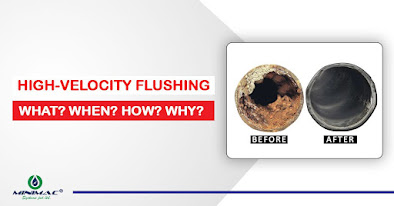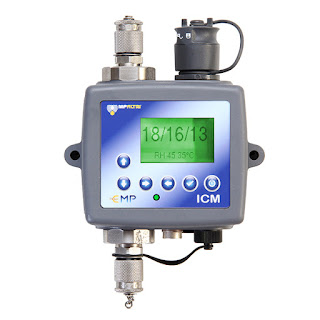Electrostatic Lube Cleaner

Lubrication plays a major role in machinery parts by reducing the wear of moving parts or any other equipment. It will also come in use for reducing the friction between moving parts and stationary ones. Contaminants in lube oil can damage the life of your equipment as well as it will also directly affect the efficiency of the machine which will have a major impact on the operation process. So for a smooth operation process, no one should avoid contamination in lube oil. Nowadays oil purification on a regular basis is mandatory to keep the equipment healthy and to avoid breakdown. If one should not want to increase the cost of operation so oil purification should be taken seriously. Top Lubrication industry experts suggest. .. Recording reliable oil-analysis data and Using a conditioning system to remove varnish-precursors as they form in order to clean your oil so it can clean your system. Our ELC (Electro-Static Oil Cleaner) System provides Higher Efficiency, Versatility, and Perf



